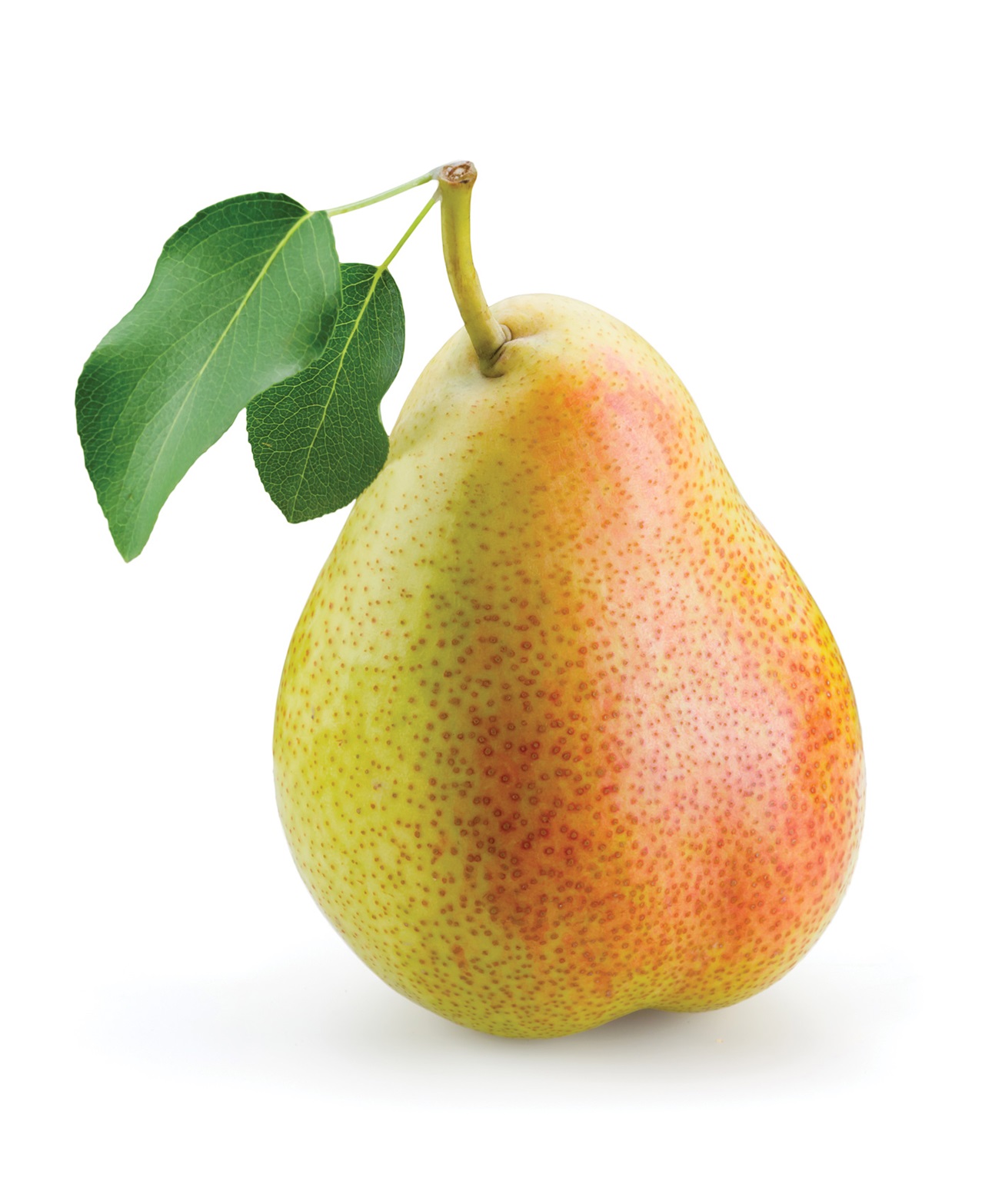Food Technology Magazine | Omnivore
USDA Introduces Summer Benefits for Children Pear Preferences and Cultivated Meat Research
Innovations, research, and insights in food science, product development, and consumer trends.
FOOD SECURITY
USDA to pilot grocery benefits for kids
The U.S. Department of Agriculture (USDA) announced plans to pilot a new summer grocery benefits program for children in 35 states, all five U.S. territories, and four tribal nations.
Through this program, states can provide eligible families with $120 per child for the summer. These children can purchase food at grocery stores, farmers markets, or other authorized retailers. The benefits will be used in a similar manner as SNAP benefits. The goal of this program is to offer families a more flexible option to provide meals for school-aged children who may not have access to traditional programs.
The Summer Electronic Benefits Transfer (EBT) program is an outcome of the Biden-Harris administration’s White House Conference on Hunger, Nutrition, and Health to improve food security across the country. Nutritionist and consultant Barbara Ruhs says this program will help address some of the gaps in food access.
“During the school year, children have access to school meals, but during the summertime, hunger in children increases,” she explained in an interview with Food Technology. “The Summer EBT is an essential program to fill this gap. It provides funds directly to families during the summer months to provide meals to schoolchildren.”
States that choose not to pilot the program this summer will have future opportunities to implement these benefits, the department clarified.
According to the USDA, multiple studies and evaluations have shown that providing summer EBT benefits reduced child hunger and improved diet quality. The program is projected to serve nearly 21 million children and provide approximately $2.5 billion in grocery benefits. Ruhs believes that this program will help not only with children’s food security but also with their overall health.
“Access to food and adequate nutrition is essential for growth and development in children,” she said. “I believe the biggest impact of the Summer EBT program will be improving the health and well-being of school-aged children. Improving children’s health has long-term impacts on health into adulthood, and investing in children is helping to grow healthier, more productive Americans now and into the future.”
RESEARCH
Consumers prefer sweet, juicy pears
Consumers in the Pacific Northwest preferred pear cultivars that are high in pear flavor, sweetness, and juiciness, according to a study from Washington State University and Oregon State University.
The study, which was published in the Journal of Food Science, employed both a trained sensory panel and a consumer panel to assess their liking of different attributes of pears. The 23 pear samples were divided between summer and winter cultivars. Following the two panels, the researchers conducted preference mapping to the attributes identified.
The trained sensory panel found significant differences in the attributes of both the summer and winter pears via a principal component analysis. These differences include pear flavor, grassy/green aroma, and sourness for the summer pears and juiciness, sweetness, and vanilla aroma in winter pears. Based on the results of the principal component analysis, six cultivars from each season were selected for evaluation by the consumer panel.
According to the results, attributes such as pear aroma, pear flavor, sweetness, sourness, and juiciness were the most common attributes of the consumers’ liking of summer pears. For the winter pears, softness and juiciness contributed most to consumers’ liking. Additionally, pears that consumers did not like were rated as not having enough pear flavor or as being too crispy/crunchy. Bartlett and Seckel were the most appealing summer cultivars, while Comice and Paragon were the most appealing winter cultivars.
The researchers believe that this study can help the pear industry identify traits that appeal the most to consumers. They conclude that pear producers should deliver pears with increased sweetness, juiciness, and a softer texture.
HEALTH
Food system transition needs public, private support
Combining food and health systems can aid in financing the transition to regenerative food systems, according to a new report from consulting firm Kearney.
The report, titled Food for thought: financing the food system transition, outlines the links between how food is produced and processed and global health. The authors describe how a regenerative food system can help ease food and nutrition insecurity while promoting planet-friendly initiatives.
The report’s authors refer to food as a “not-so-secret weapon” for improving human and planetary health. They explain that a healthy food system provides people with sufficient and nutritious food while also addressing environmental needs.
Currently, the cost of food is externalized, or absorbed by society at large, according to the report. Public and private health sectors pay the most for the food-related health crisis through increased taxpayer costs, increased insurance rates, and loss of productivity.
While the transition to a regenerative food system will be expensive, the cost of inaction is much higher, according to the report. It is estimated that the current system contributes to $4.3 trillion in health and obesity costs, $16.3 trillion in environmental and socioeconomic losses, and between $130 and $859 billion in costs to businesses from lost productivity due to poor nutrition.
However, according to the report, the various food and health systems involved are at a financing stalemate.
“The importance of sustainability and regeneration … has been addressed by a plethora of summits, committees, pilots, and research papers, this one included,” the report states. “However, most actors are waiting for someone else to drive true transformation.”
The report’s authors recommend a multidisciplinary approach to transforming the food system, combining both private and public sectors. For example, by proposing “food as medicine” initiatives, healthcare agencies, insurers, and government agencies can drive market demand for healthy, regenerative food. This will allow for the scalability of healthier food systems across the globe.
TECHNOLOGY
Engineered cells could cut cost of cellular ag
Researchers at Tufts University developed bovine muscle cells that produce their own growth factors, and the team believes this step can significantly reduce the cost of producing cultivated meat.
Growth factors bind to receptors on the cell surface and send a signal for cells to grow and mature into different types. Researchers for this study, which was published in Cell Reports Sustainability, modified stem cells to produce their own fibroblast growth factor (FGF).
“FGF is not exactly a nutrient,” said lead researcher Andrew Stout in a press release. “It’s more like an instruction for the cells to behave in a certain way. What we did was engineer bovine muscle stem cells to produce these growth factors and turn on the signaling pathways themselves.”
According to the study, growth factors are typically added to the surrounding liquid, or media, of the cells, and they must be re-added to the cell culture every few days. This specific ingredient accounts for most of the cost associated with cultivated meat production, so reducing the need to use it would yield major cost savings, according to the researchers.
The study also explains that this method of engineering stem cells could work for other types of meat, not just beef, although it may have to be modified, depending on the species. All muscle cells, as well as many other cell types, rely on FGF to grow.
Stout, who serves as the director of science at Tufts Cellular Agriculture Commercialization Lab, said that while this is a positive step for cultivated meat, there is still work to be done.
“While we significantly cut the cost of media, there is still some optimization that needs to be done to make it industry-ready,” he said in a press release. “We did see slower growth with the engineered cells, but I think we can overcome that.”
COMMUNITY
IFT welcomes new board members
The IFT Board of Directors is composed of a dedicated group of leaders who generously contribute their time and experience to further the advancement of IFT’s members and the science of food.
IFT announced the selection of new members to the Board of Directors on January 4, 2024. These officers will take office on September 1.
Congratulations to the following individuals: President-Elect Peggy Poole, PhD, vice president, Tea Division, R.C. Bigelow Inc.; Board members Girish Ganjyal, PhD, MBA, professor and extension food processing specialist, Washington State University; Suzanne Johanningsmeier, PhD, research food technologist, U.S. Department of Agriculture Agricultural Research Service and adjunct associate professor, North Carolina State University; Mohamed Badaoui Najjar, PhD, senior director, R&D strategy and portfolio management, PepsiCo; and Darryl Riley, retired from executive leadership roles, Hostess Brands.ft
Related Articles

Vickie Kloeris Shares NASA Experiences in New Book, Consumers Are Confused About Processed Foods’ Definition
Innovations, research, and insights in food science, product development, and consumer trends.

Top 10 Functional Food Trends: Reinventing Wellness
Consumer health challenges, mounting interest in food as medicine, and the blurring line between foods and supplements will spawn functional food and beverage opportunities.
Latest From IFT

The Promise of Underutilized and Biofortified Crops
A new IFT white paper explores two approaches with big potential for combating global malnutrition.

Vickie Kloeris Shares NASA Experiences in New Book, Consumers Are Confused About Processed Foods’ Definition
Innovations, research, and insights in food science, product development, and consumer trends.

Top 10 Functional Food Trends: Reinventing Wellness
Consumer health challenges, mounting interest in food as medicine, and the blurring line between foods and supplements will spawn functional food and beverage opportunities.












